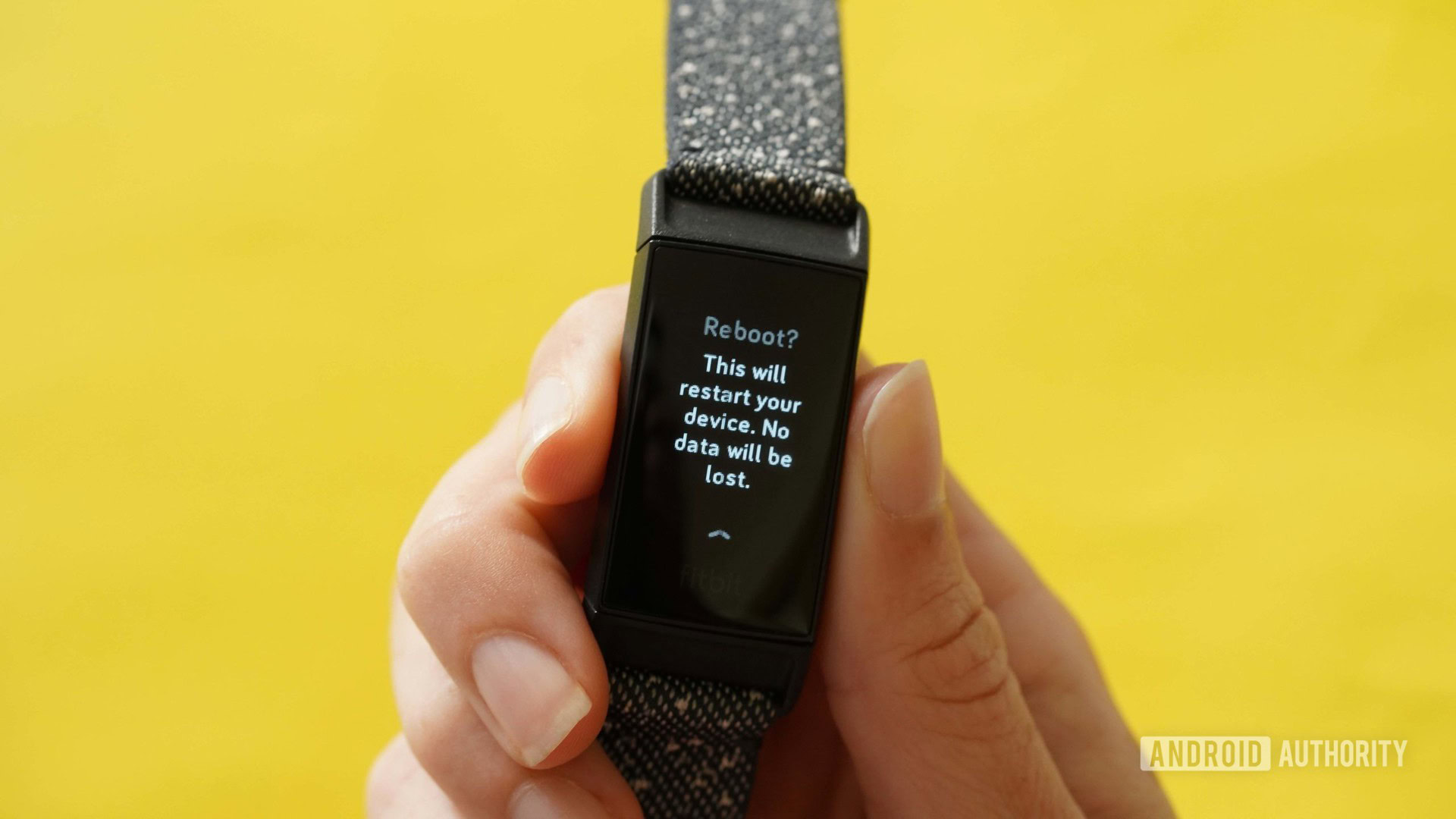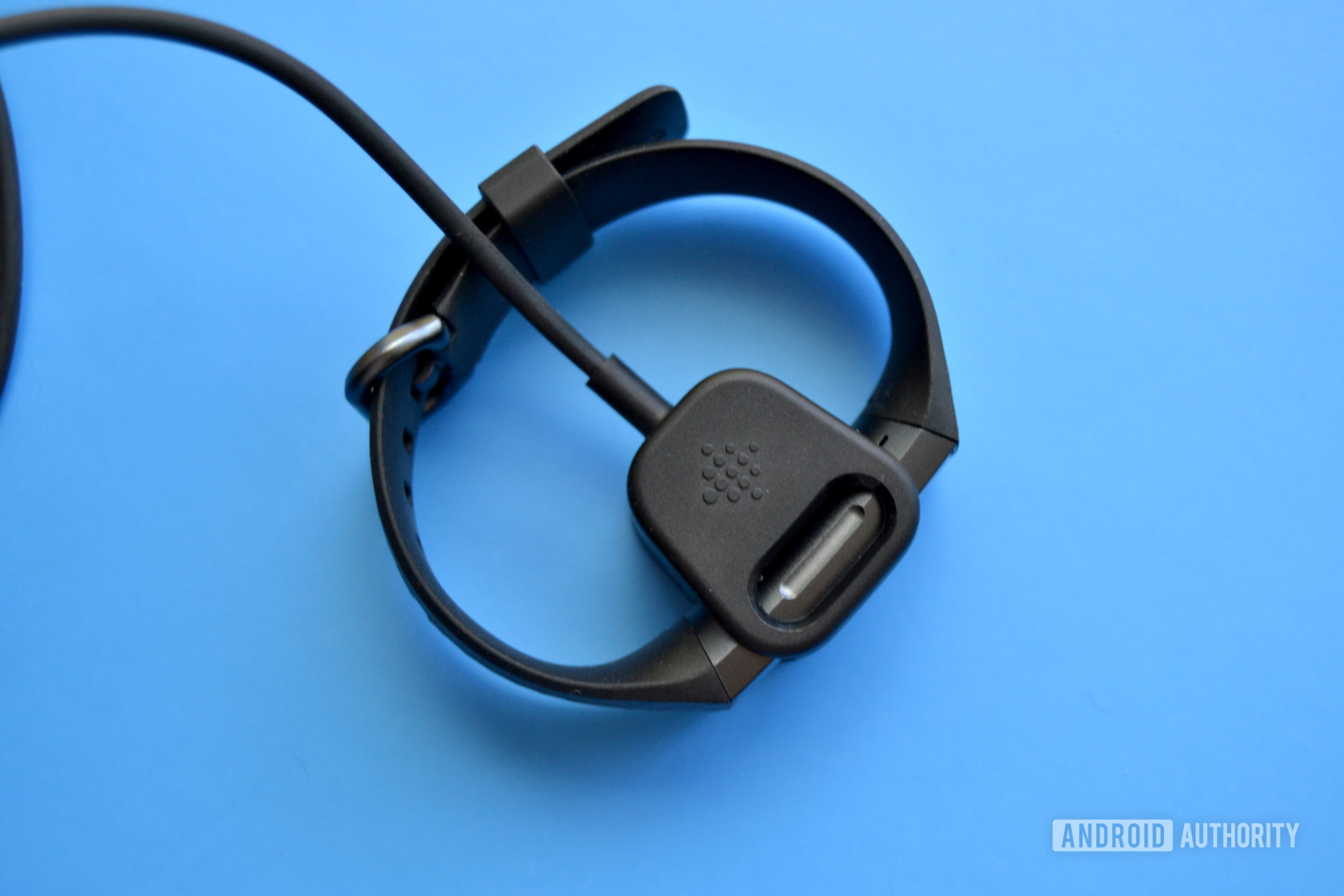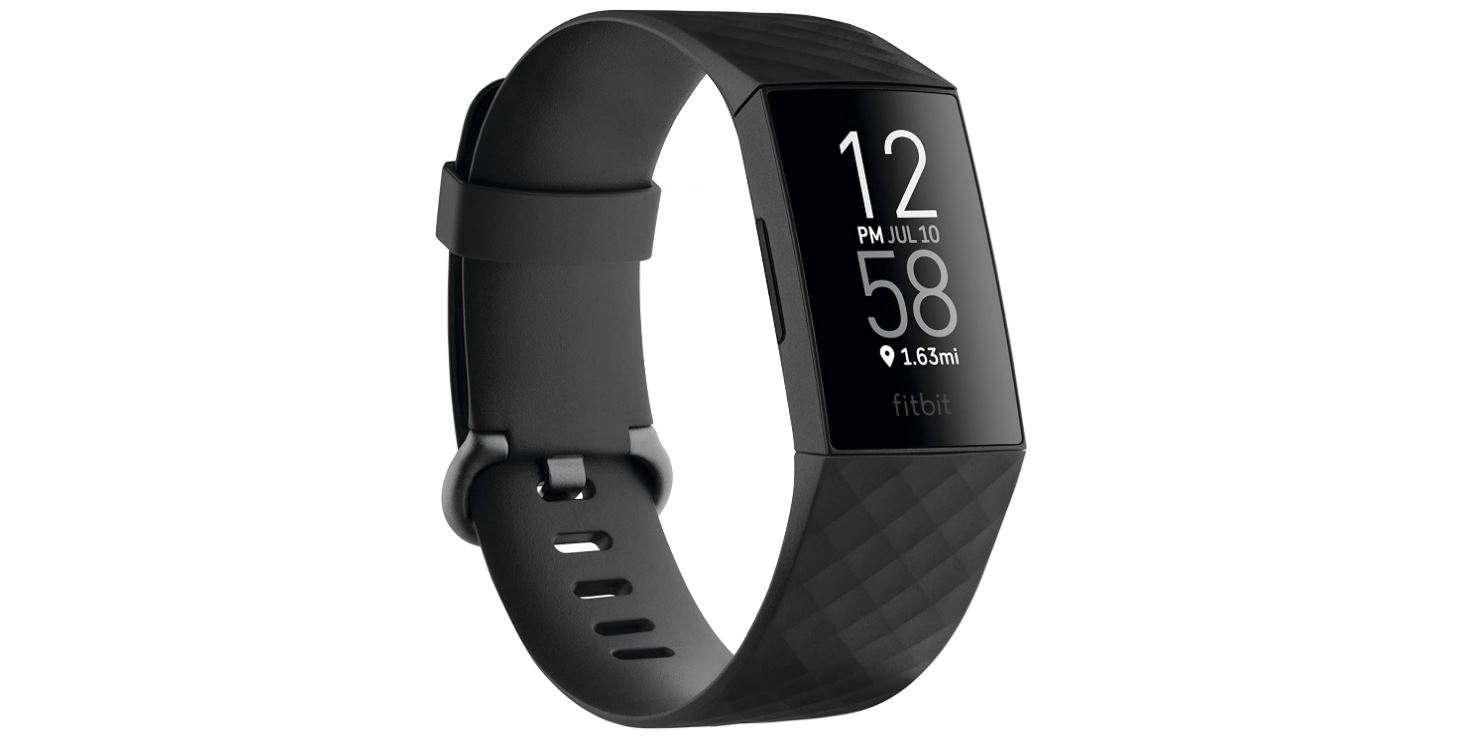Which fitness tracker should you buy?
Kaitlyn Cimino / Android Authority
Fitbit is responsible for several excellent fitness-first smartwatches, such as the Sense and Versa series. That said, its bread and butter model lineup has long been its Charge family. While the Charge 5 is the latest and greatest tracking in the lineup, the company’s two older Charge models are still excellent buys. But should you purchase the Charge 3 or the Charge 4? In this Fitbit Charge 3 vs Charge 4 comparison, we detail the company’s two devices alongside one another, outlining the key differences and similarities.
Our verdict: Fitbit Charge 3 review | Fitbit Charge 4 review
Fitbit Charge 3 vs Charge 4 specs
| Fitbit Charge 3 | Fitbit Charge 4 | |
|---|---|---|
| Display |
Fitbit Charge 3: 1-inch touchscreen OLED |
Fitbit Charge 4: 1-inch touchscreen OLED |
| Battery |
Fitbit Charge 3: 7 days |
Fitbit Charge 4: 7 days |
| Memory |
Fitbit Charge 3: Saves 7 days of motion data |
Fitbit Charge 4: Saves 7 days of detailed motion and heart rate data, minute by minute |
| Sensors |
Fitbit Charge 3: 3-axis accelerometer |
Fitbit Charge 4: 3-axis accelerometer |
| IP rating |
Fitbit Charge 3: 5ATM |
Fitbit Charge 4: 5ATM |
| Smart features |
Fitbit Charge 3: Call, text, calendar, email, music control, quick replies |
Fitbit Charge 4: Call, text, calendar, email, music control with Spotify support, Fitbit Pay, and quick replies |
| Compatibility |
Fitbit Charge 3: Android, iOS, Windows |
Fitbit Charge 4: Android, iOS, Windows |
| Dimensions |
Fitbit Charge 3: Small: 139.7 – 180.3mm |
Fitbit Charge 4: Small: 140 – 180mm |
| Colors |
Fitbit Charge 3: Black/graphite aluminum |
Fitbit Charge 4: Black |
Fitbit Charge 3 vs Charge 4 features
There’s very little separating the Fitbit Charge 3 and Charge 4 on paper or in the flesh. The two trackers are physically identical, from their monochrome OLED displays to their 5ATM water-resistant bodies. This philosophy has its advantages, but it also comes at a cost. You can use Fitbit Charge 3 bands on the Charge 4, and the Charge 3’s excellent build quality continues into the newer tracker. But the Charge 4 also features a few of its predecessor’s design issues, like an unreliable inductive button and somewhat bland aesthetic.
The Fitbit Charge 4 shares technical underpinnings with the Charge 3. It packs the same heart rate monitor, albeit with more software additions that more active users will appreciate. This includes notifications for heart rate zone changes, which some might find more annoying than helpful. The sensor’s also surprisingly accurate for such an affordable device.

Kaitlyn Cimino / Android Authority
Let’s talk sensors. You’ll find an SpO2 tracker on both the Charge 3 and Charge 4. The data garnered from this addition informs more intuitive sleep tracking and breathing monitoring in the Fitbit app. The Charge 3 lacked full use of the sensor at launch. It did eventually receive the Sleep Score feature like its pricier peers, complete with blood oxygen data.
The Charge 3 and Charge 4 share a similar software system. Both run a stripped-down version of Fitbit OS, which includes a few smartwatch-like apps, like social fitness Leaderboard app to an Agenda app for quick access to the day’s events. Both trackers also feature built-in timer, alarm, and weather apps. However, the Charge 4 includes Spotify control and Spotify Connect smarts — a big deal for those invested in the streaming music service. You also get NFC as standard across all versions of the Charge 4. As a result, Fitbit Pay support is another prominent advantage over its predecessor and comes in especially handy for quick, contactless payments at supported tills. We should note that only the Charge 3 Special Edition includes NFC.
How do these advantages impact the Charge 4’s battery life? Well, not much. The Charge 4’s battery life drops slightly to around five days, but this depends on how hard you push it. The Charge 3 arrived with a promised week-long battery endurance. We noted around six days during our review period.

However, the battery will be impacted massively if you fully embrace the Charge 4’s other significant feature addition: onboard GPS. For fitness fiends, this is arguably the biggest reason the Charge 4 wins this battle. Although the GPS takes a while to lock on, it’s adequate for daily use. Onboard GPS also means you can keep your phone at home when going on extended runs. GPS usage does cut the Fitbit Charge 4’s battery life to just five hours when in use, so you might not have enough juice to complete a marathon with the tracker. That said, you can use the Charge 4 in connected GPS mode, too, if you have your phone on you or want to maximize battery endurance.
Going hand-in-hand with this is the introduction of active zone minutes on the Charge 4. It’s a feature that eventually landed on the initial Versa and Ionic, but didn’t filter down to the Charge 3. It effectively encourages users to keep their heart rate zones within a specific frequency band. This, the company argues, is better than simply quantifying fitness based on how many steps you’ve taken or calories you’ve burned.
Finally, it’s essential to talk about the Charge 3 and Charge 4 in terms of age and support. The older Charge 3 last received an update at the end of 2020 while the Charge 4 saw some patch love in April 2021. That said, you should have better luck receiving new updates from Fitbit for the younger Charge 4 in the future.
Pricing, availability, and value

At launch, the Fitbit Charge 3 was priced at $150, making it the indisputable fitness tracker of choice for mid-range buyers. You can still find it listed on the big retail sites for that figure, but more often than not, it’s out of stock or plain impossible to find. It’s also no longer listed on Fitbit’s official site in the US.

Fitbit Charge 3
A former Fitbit great
The Fitbit Charge 3 long stood as one of the best Fitbit wearables you could buy. The fitness tracker keeps tabs on your heart rate, sleep cycles, and estimated caloric burn. Also, it lasts up to seven days on a single charge.
In 2020, Fitbit launched the Charge 4 as a direct replacement to the Charge 3, slapping the same price tag on it. It can be found for considerably less nowadays, too, while it’s also still listed as a device on Fitbit’s official store. That’s a good sign. Although the Charge 5 is now available, the Charge 4 is still an excellent buy, especially if you can snag it on a deal.

Fitbit Charge 4
One of the best fitness trackers in the business
Jump headfirst into fitness tracking with the flexible Fitbit Charge 4. This latest version of the iconic fitness tracker is water-resistant to 50 meters with over 20 different exercise modes to choose from.
Fitbit Charge 3 vs Charge 4: Which should you buy?

Kaitlyn Cimino / Android Authority
There are two ways to view the Fitbit Charge 3 vs Charge 4 battle. Firstly, if you already own the Charge 3, you shouldn’t be in a rush to upgrade to the 4. Yes, you would get Fitbit Pay support, a few more smartwatch-like features, active zone details, and onboard GPS, but we’d argue that the Charge 3 is a more than adequate fitness tracker.
However, if you don’t yet own a Fitbit, the picture changes. The Charge 4 is the obvious gateway device for those seeking a reliable activity companion. Sure, the Fitbit Inspire 2 comes in at a much lower price, but it doesn’t quite have the feature set or polish of the Charge 4. The Charge 3 has primarily fallen to the wayside in terms of support. Launched in 2018, there’s no real reason to purchase a three-year-old fitness tracker. With this in mind, and considering the Charge 4’s improvements, younger age, and lower pricing, it makes the most sense to opt for it instead.
See also: The best cheap fitness trackers
But what about the competition? Frankly, few devices come close to Fitbit’s Charge series. You could opt for a Garmin, but you’ll need to invest considerably more as the company no longer competes in the fitness tracker market. As a pure fitness tracker, the Xiaomi Mi Band 6 is arguably the closest rival, but it lacks built-in GPS and the polish of Fitbit’s software experience on the tracker and phone app. Finally, the Samsung Galaxy Fit 2 is also available for significantly less than the Charge 4, but it lacks onboard GPS and NFC.
Ultimately, the Fitbit Charge 4 is still an excellent device even in a world that now includes the smarter, pricier Charge 5.
Which Fitbit Charge model do you prefer?
163 votes
Which Fitbit Charge model do you prefer? Let us know by voting in the poll above.
For all the latest Technology News Click Here
For the latest news and updates, follow us on Google News.
